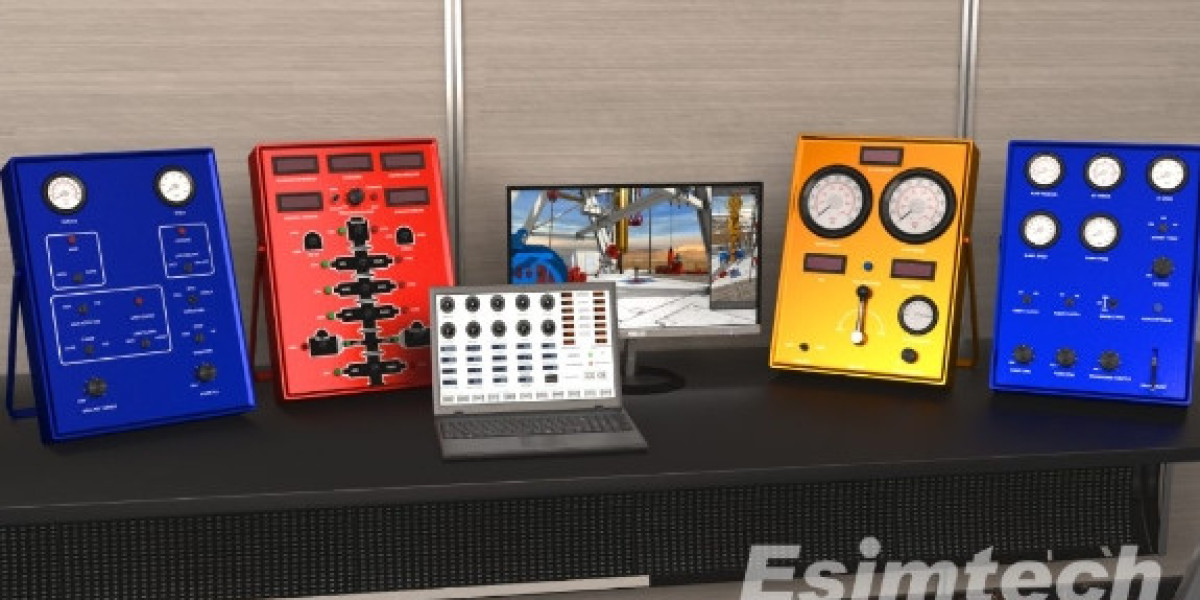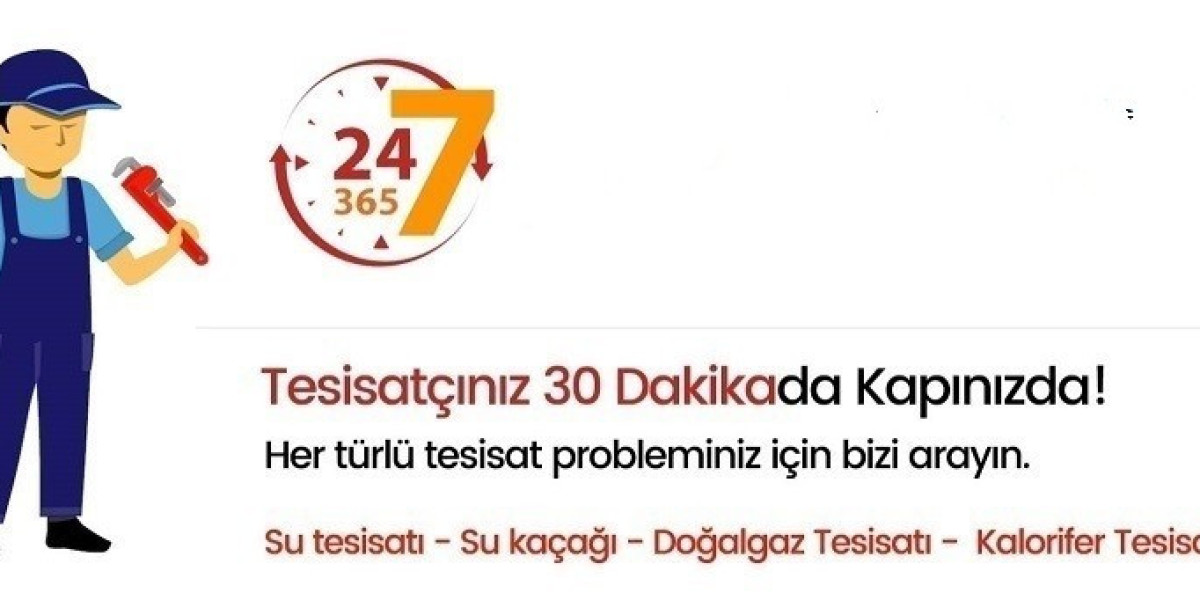Interactive animation is emerging as a powerful tool to revolutionize well control training simulators.
Why Interactive Animation?
Traditional well control simulators often rely on static visuals and scripted scenarios. While these tools can be effective, they lack the flexibility and realism of interactive animation. By incorporating interactive elements, training simulators can provide a more immersive and engaging learning experience.
Key Benefits of Interactive Animation in Well Control Training:
Enhanced Realism:
Interactive animations can create highly realistic simulations of well control scenarios, including dynamic fluid flow, equipment failure, and emergency response procedures.
Trainees can experience the sights, sounds, and pressures of real-world situations, improving their decision-making skills and response times.
Personalized Learning:
Interactive animations allow trainees to explore different scenarios at their own pace and make choices that affect the outcome of the simulation.
This personalized approach caters to individual learning styles and helps trainees develop a deeper understanding of well control principles.
Real-Time Feedback:
Interactive simulators can provide immediate feedback on trainee performance, highlighting areas for improvement and reinforcing correct actions.
This iterative learning process accelerates skill development and knowledge retention.
Scenario-Based Training:
Interactive animations can be used to create a wide range of scenarios, from routine operations to complex well control emergencies.
By exposing trainees to diverse situations, they can develop the versatility and adaptability needed to handle unexpected challenges.
Cost-Effective Training:
Interactive animation-based simulators can be more cost-effective than traditional training methods, as they reduce the need for physical equipment, instructors, and training facilities.
Additionally, these simulators can be updated and modified easily to reflect changes in industry standards and best practices.
The Future of Well Control Training
As technology continues to advance, interactive animation will play an increasingly important role in well control training. By leveraging the power of virtual reality and augmented reality, simulators can provide even more immersive and realistic training experiences.
By incorporating interactive animation into well control training simulators, the oil and gas industry can significantly improve the safety and efficiency of its operations. By empowering trainees with the knowledge and skills to respond effectively to well control emergencies, we can work towards a future where accidents are minimized and lives are saved.








